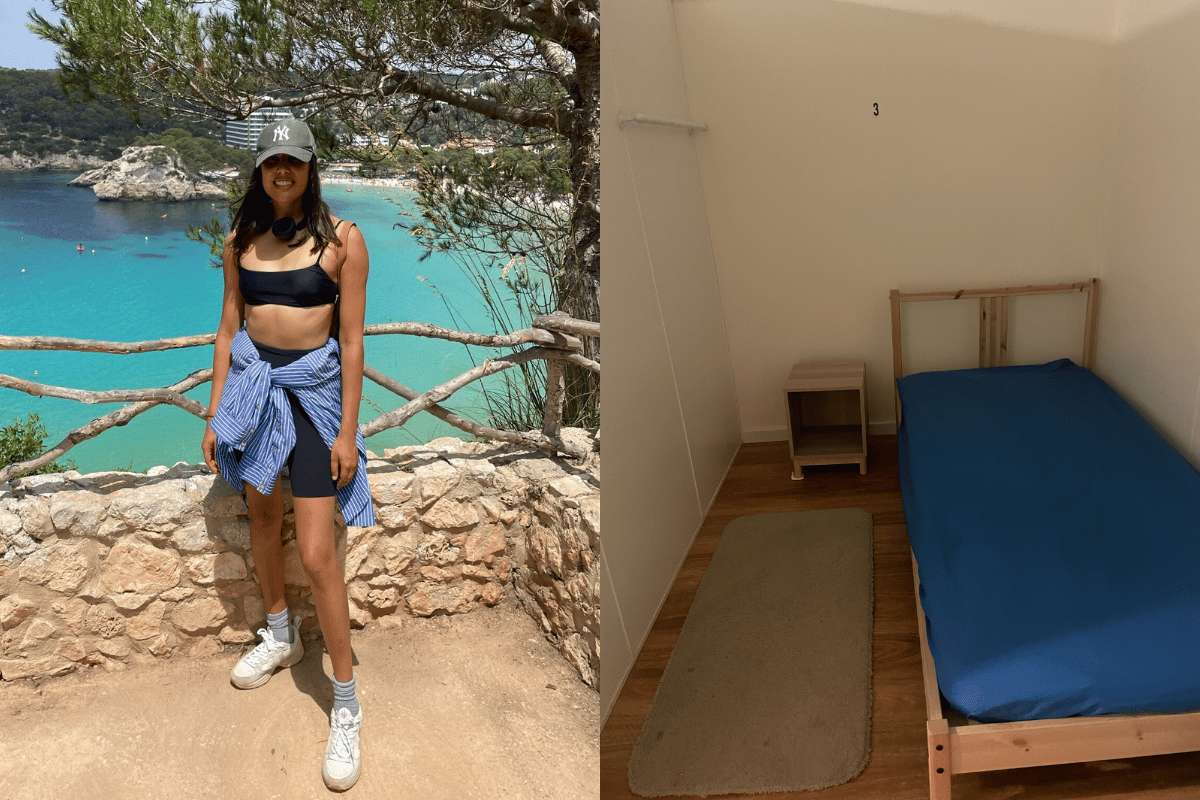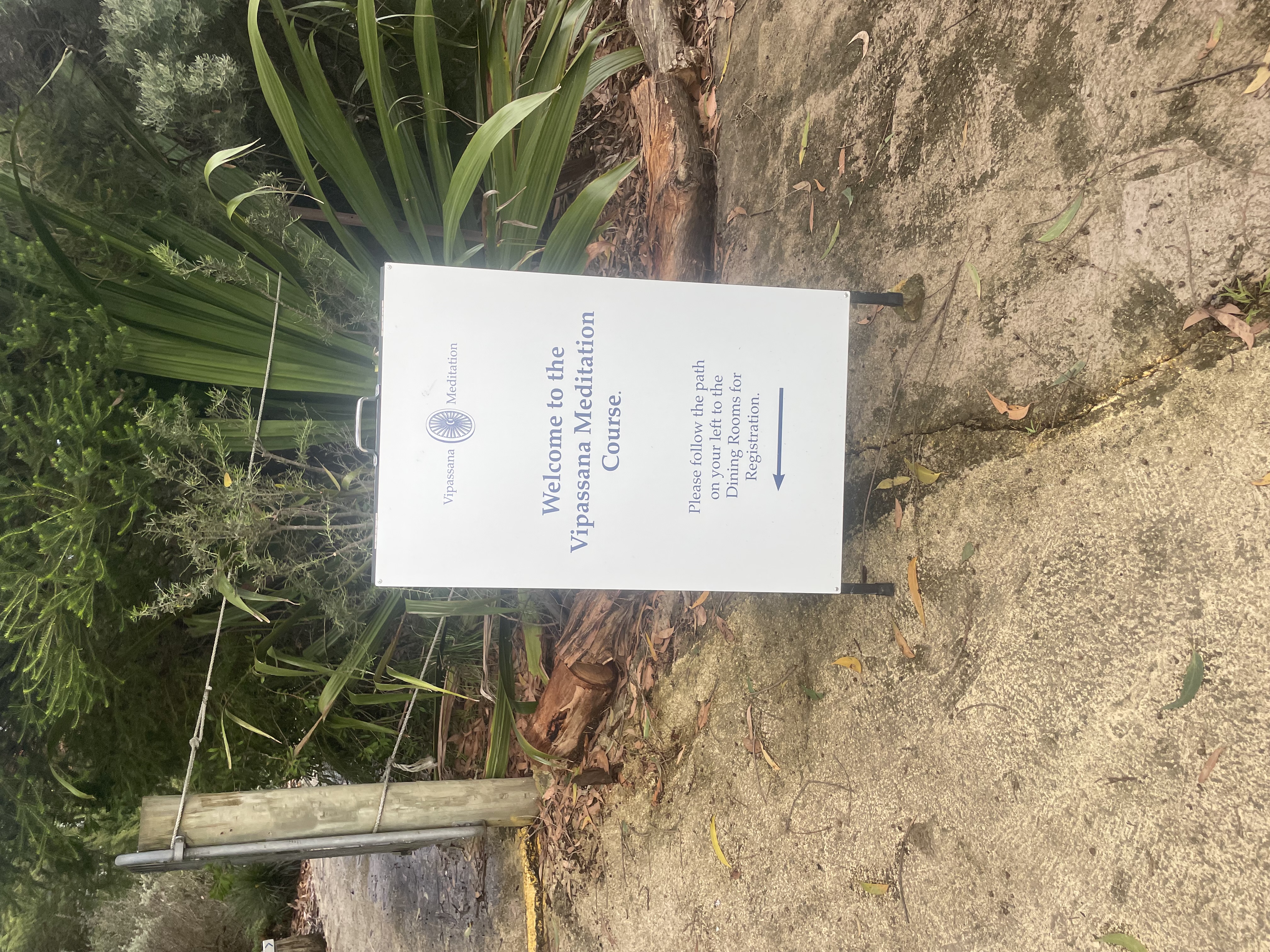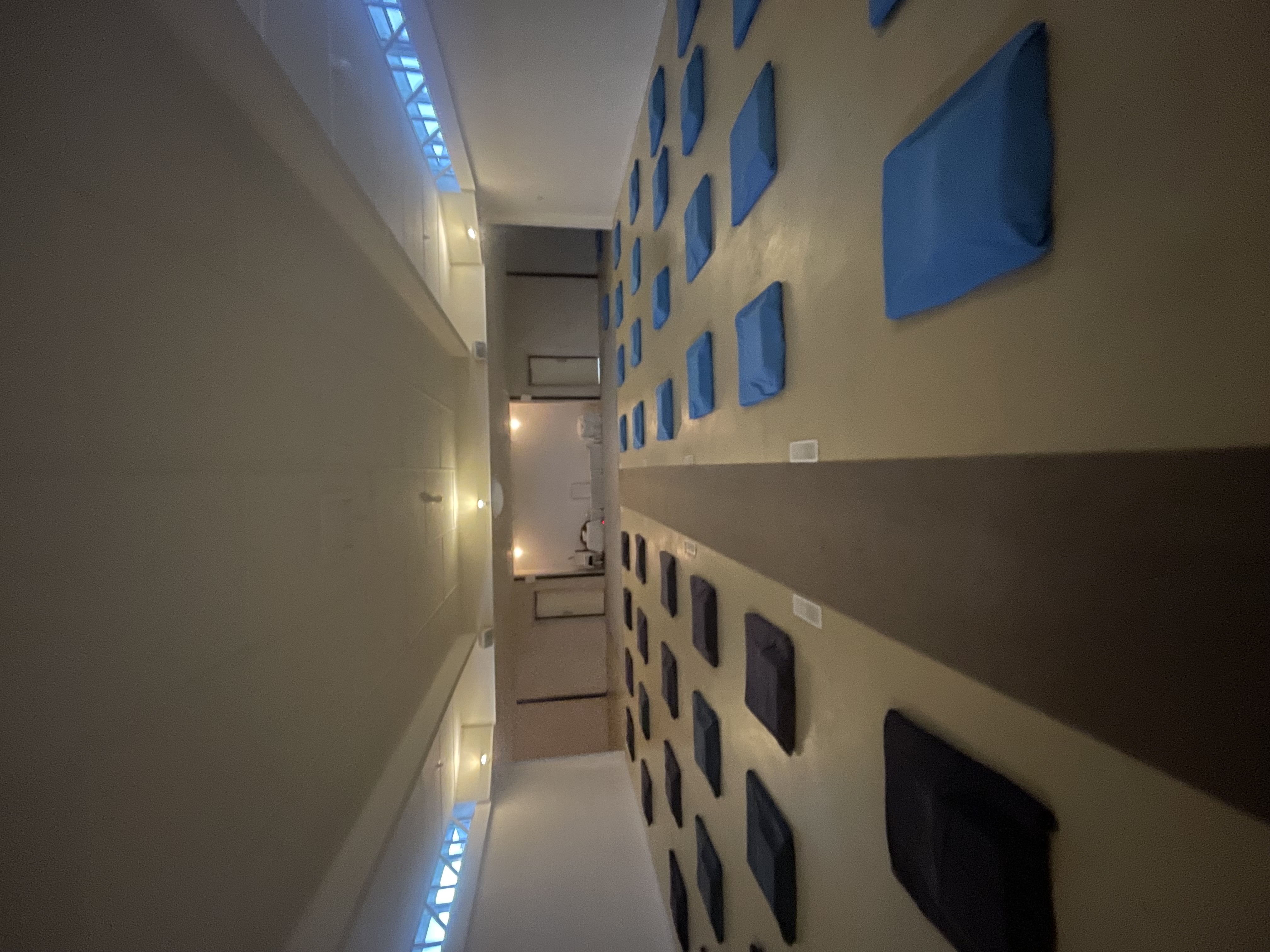
It has been a few months since I completed a 10-day Vipassana silent retreat just an hour outside of Melbourne. Enough time to retrospectively ponder on my time living like a monk. No phone, no talking, no eye contact and a requirement to meditate for approximately 10 hours per day.
You must be wondering, why? As I sat my family down to tell them I would be missing for a while, I was met with an uncomfortable pause, followed by hesitant laughter and then silence.
"Is this a cult?" my sisters queried. The question seemed more like a statement. I assured them that it was my choice to attend and I could freely leave at any stage during the course. I explained that I really needed this detox.
Watch: Guided breathwork and mindfulness. Post continues after video.
Arriving on day zero, I met with course managers who asked me to fill out a form which asked why I was here.
My answer was that I was tired of running away from myself.
At this point, we had to hand in our phones, and to be frank, I felt weightless at thought of not being answerable to anybody for a while. I was directed to my room, which felt more like a cubicle as expected (the course is free to all students subject to a donation). I met my roommate, Shamni, who I connected with instantly.
































































































